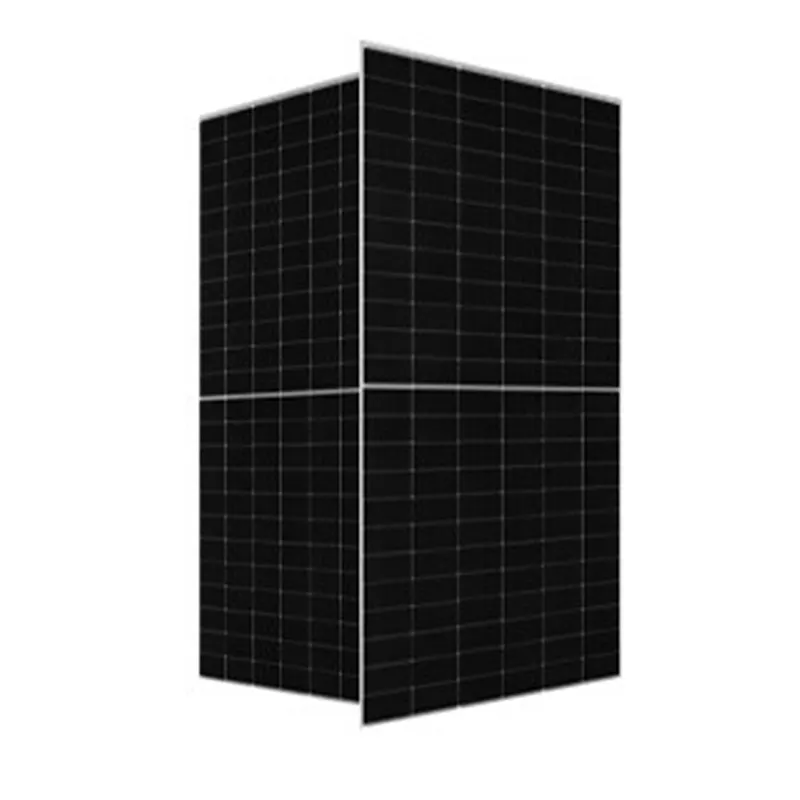dimension of 300w solar panel
Understanding the Dimensions of a 300W Solar Panel
In the ever-growing field of renewable energy, solar power has emerged as one of the most viable and sustainable alternatives to fossil fuels. Among the various capacities of solar panels available in the market, the 300W solar panel is gaining popularity due to its efficient energy output and relatively compact size. This article delves into the dimensions of a 300W solar panel, its applications, and factors to consider when selecting one for your needs.
Dimensions and Specifications
The dimensions of a 300W solar panel can vary slightly depending on the brand and model, but most commonly, these panels measure around 65 inches long and 39 inches wide (165 cm x 99 cm). The overall thickness generally falls between 1.5 inches to 2 inches (3.8 cm to 5 cm). These measurements provide a surface area conducive to generating a significant amount of energy while still being manageable for installation on residential rooftops.
The most common type of solar cells used in these panels are monocrystalline and polycrystalline. Monocrystalline panels tend to be slightly more efficient and compact, allowing them to produce more power per square foot, while polycrystalline panels are often less expensive but take up more space for the same wattage output.
Weight Consideration
A standard 300W solar panel typically weighs between 40 to 50 pounds (18 to 23 kg). This weight is crucial for installation considerations. Rooftop installations require that the supporting structure can handle the weight of the solar panels. Additionally, it’s important to have a sturdy mounting system to prevent any structural issues during adverse weather conditions.
Applications
The versatility of a 300W solar panel makes it suitable for a variety of applications. For residential use, several panels can be connected to create a solar array that meets household energy demands. A typical household in the U.S. consumes around 877 kWh per month, which translates to an average daily consumption of approximately 29 kWh. An array of 300W panels can be designed to produce this amount of energy, depending on sunlight availability and geographic location.
dimension of 300w solar panel

In commercial applications, these panels are often utilized in larger solar farms, boosting overall energy production. Moreover, they can interact effectively with battery storage systems, making them ideal for off-grid applications, such as cabins or remote homes. Due to their efficiency, they are also frequently employed in marine and RV setups, where space constraints and energy needs must be balanced.
Installation Considerations
Installing solar panels, including 300W models, requires careful planning. Homeowners should consider the orientation and angle of their rooftops, as these factors significantly influence the amount of sunlight the panels receive. Ideally, panels should be installed facing true south in the Northern Hemisphere to maximize exposure.
Additionally, local regulations, zoning laws, and potential homeowner association (HOA) rules should all be taken into account before proceeding with an installation. It is advisable to consult with a professional solar installer who can provide estimates and check for any local incentives or rebates that could further reduce installation costs.
Cost and Efficiency
As of 2023, the cost per watt for solar panels has been steadily decreasing, making solar energy more accessible. The average cost for a 300W solar panel can range between $150 to $350, depending on the manufacturer and efficiency ratings. When considering the overall system cost, additional components such as inverters, batteries, and installation labor must also be factored in.
The efficiency of a solar panel is a critical metric to consider, as it determines how well the panel converts sunlight into usable electricity. Most 300W panels yield efficiencies between 15% to 22%, with monocrystalline panels leading in this category.
Conclusion
In summary, the dimensions of a 300W solar panel, typically around 65 inches by 39 inches, offer a viable solution for residential and commercial energy needs. With their increasing popularity, understanding the specifications, applications, and installation considerations of these panels is crucial for anyone looking to invest in solar energy. As technology advances and prices continue to drop, solar panels are poised to play an even larger role in the global shift towards renewable energy. By selecting the right panels for your energy requirements, you can contribute to a more sustainable future while reaping the benefits of free, renewable energy.
-
Understanding the Advantages of Solar String Inverters for Your Energy SystemNewsApr.29,2025
-
Choosing the Right PV Inverter: A Comprehensive GuideNewsApr.29,2025
-
The Future of Solar Power: Exploring Bifacial Solar PanelsNewsApr.29,2025
-
The Complete Guide to Solar Panels: Efficiency, Cost, And InstallationNewsApr.29,2025
-
The Best Options for Efficiency and Cost-EffectivenessNewsApr.29,2025
-
Harnessing the Power of Off-Grid Solar Inverters for Energy IndependenceNewsApr.29,2025







